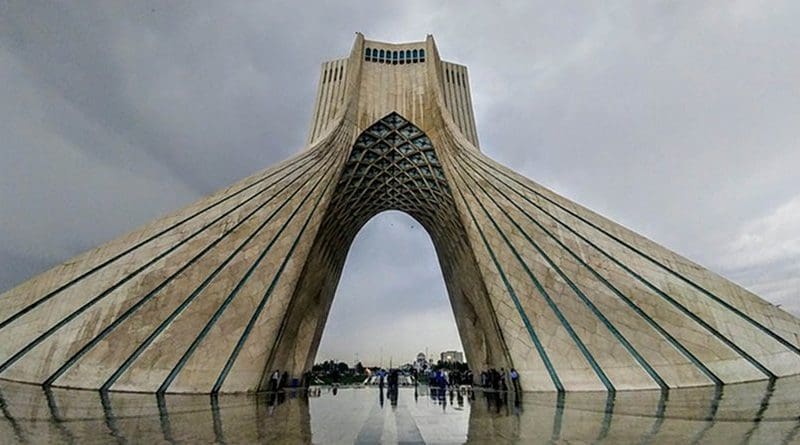Iran’s Gas Consumption Hits 500 Million Cubic Meters
By Rahim Zamanov
Iran’s domestic gas consumption has reached half a billion cubic meters per day.
The figure shows some 9 to 10 per cent increase compared to the same period of the previous year.
The increasing demand from household has caused gas shortage in some parts of the country, the Mehr News Agency reported.
Currently Iran’s power plants need around 140-150 million cubic meters of gas per day, but with the gas shortage the country is facing, the power plants have turned to consuming gas oil or kerosene.
Iran’s households and business units’ consumption currently stands at 340-345 million cubic meters which is by 15-20 percent more than the same period of the previous year.
The Mehr News Agency previously reported that based on the data of Iran’s Oil Ministry, the country needs over 700 million cubic meters of gas per day in the coming winter.
According to the latest report issued by United States’ Energy Information Administration (EIA), Iran’s gross gas output in 2011 was around 224 billion cubic meters. Some 67 percent of the mentioned amount was turned into dry natural gas, while 16 percent was injected to the oil wells, and some 17 percent was burned.
The British Petroleum Company also said in its latest report that Iran’s dry natural gas output in the previous year was around 160.5 billion cubic meters.
In general, Iran’s dry natural gas output plus the amount injected to the oil wells stand at 570 million cubic meters per day.
Iran’s gas consumption is low in warm months. So the country could have stored considerable amount of gas in its storage facilities for the cold months. But currently just the Sarajeh gas storage facility with 3.3 billion cubic meters capacity is operational, which can only supply enough gas for 5 days of consumption at the mentioned rate.

